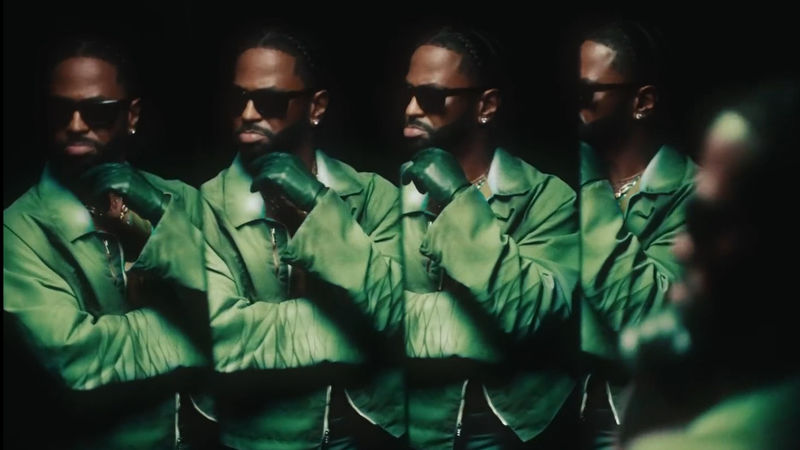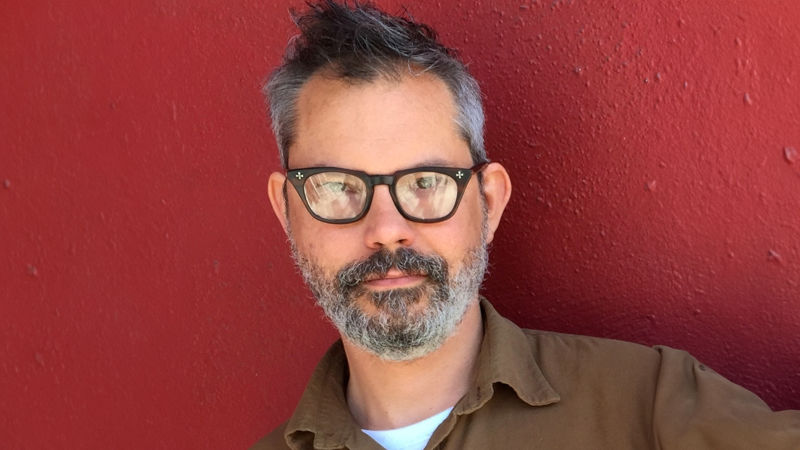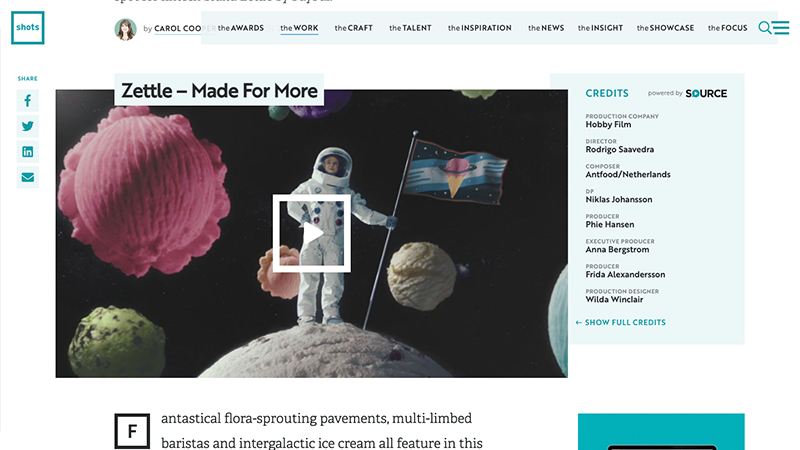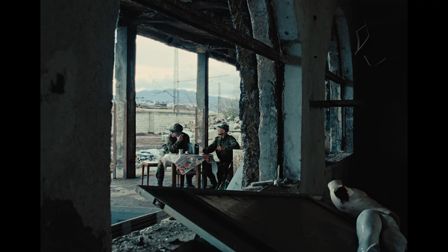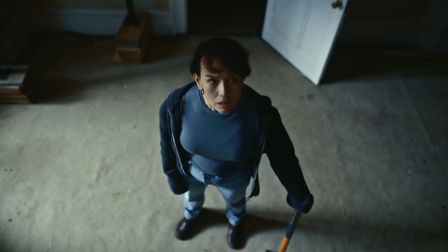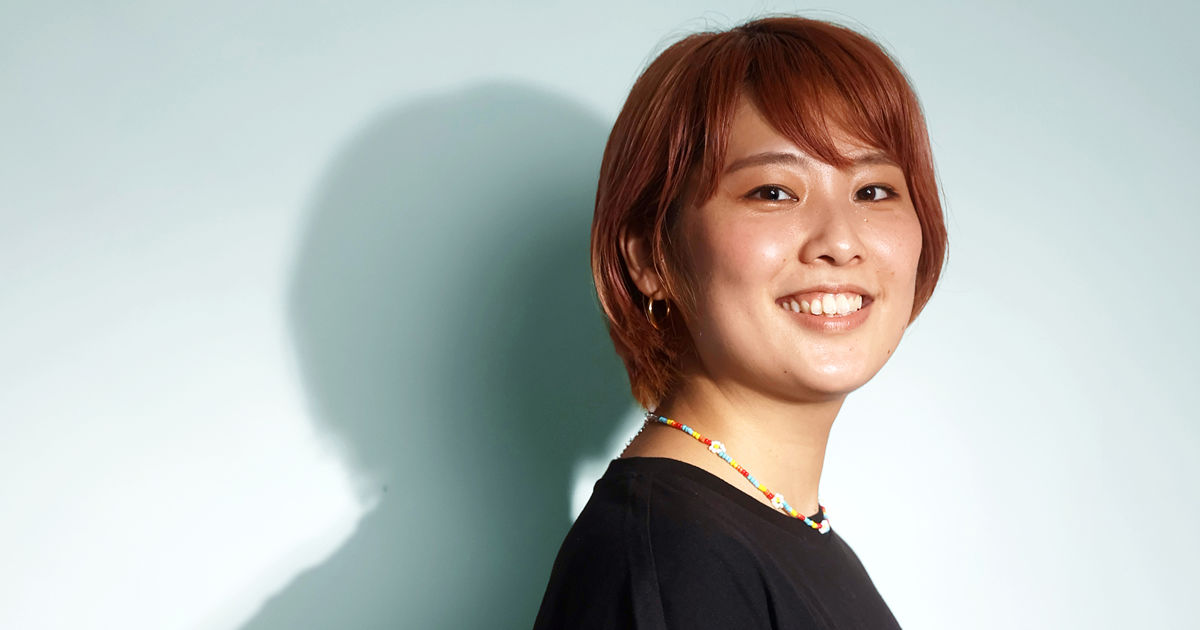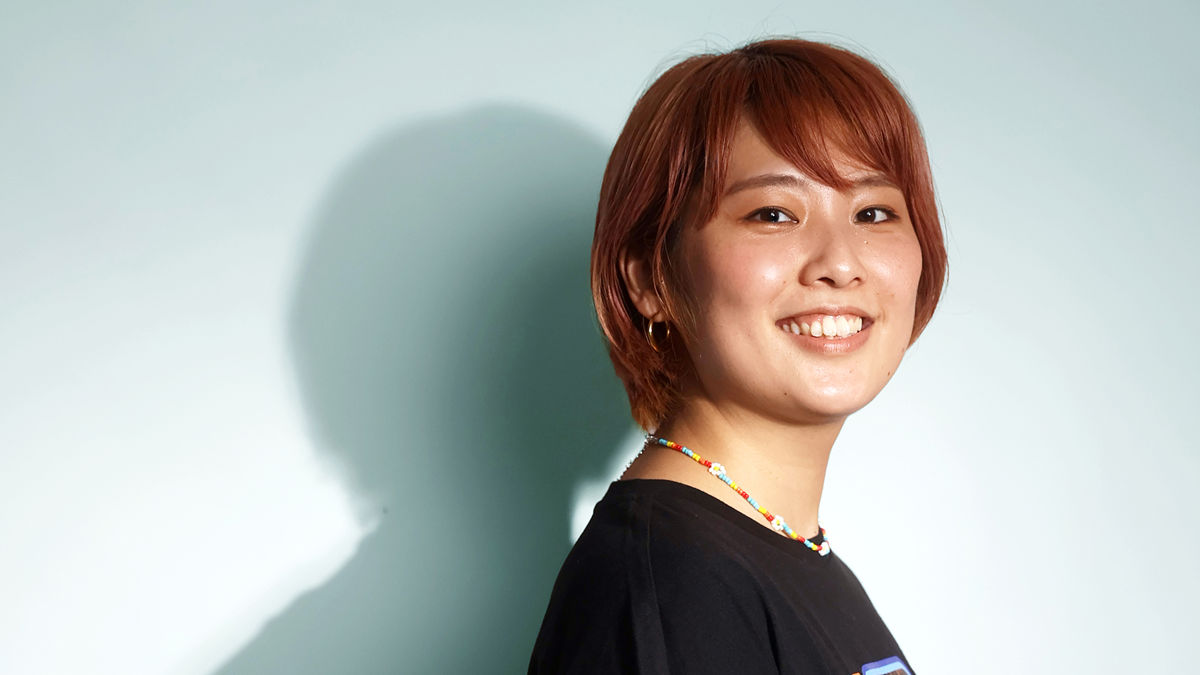
Yuriko Minami: The drive to connect
Continuing our look at shots Awards APAC, last year's joint New Director of the Year winner, Yuriko Minami, talks about the power of connection and communication in her work, and what inspires and drives her.
One of AdFest 2023’s Fabulous Five directors, a platform which aims to kick-start up-and-coming careers, and joint New Director of the Year winner at last years’ shots Awards Asia Pacific, Yuriko Minami hadn’t initially planned to be a director at all.
She had studied law at university in Osaka before then deciding to concentrate on graphic design and photography. After graduation she joined Japanese production company TYO and, only a year later, was one of their assistant directors.
“Since I was a child, I loved to draw things and fantasise,” she says, “but I thought that only special people could be creators. I became interested in filmmaking and made short films with my friends, then joined TYO in 2018.”
Working as an assistant director, Minami helmed her first spot, Be Yourself, for eyewear company JINS. “In November 2019, a ‘glasses are forbidden’ tweet had gone viral in Japan,” she says. “Some companies and stores were forcing female employees to remove their glasses while on the job because it ‘made their expressions look cold’.” Protests were posted on the internet and the client wanted to respond to this issue.
Since I was a child, I loved to draw things and fantasise.
“Glasses are like make-up, and wearing them makes you unique,” she says, “So I created a plot in which women who have been banned from wearing glasses sing languidly in the first half of the song, and in the second half, they regain their identity and motivation by wearing glasses.”
She cites Kazuyoshi Hayakawa, the current chairman of TYO, as one of her inspirations for becoming a director, as well as Erika Konno, whose 2016 AdFest-winning film Brushing Up inspired her to aim to become one of AdFest’s Fabulous Five last year.
Here she talks about her short film Escape Lockers, for which she was crowned joint winner of shots’ New Director of the Year category in its Asia Pacific Awards. She also discusses the impact of winning the trophy, and some of her favourite work from the region.
Credits
powered by
- Agency Production Company In-House
- Production Company Field Management Expand
- Director Yuriko Minami
-
-
Unlock full credits and more with a Source + shots membership.
Credits
powered by
- Agency Production Company In-House
- Production Company Field Management Expand
- Director Yuriko Minami
- Post Production/VFX TREE Digital Studio
- Producer Yudai Tatara
- Casting Director Kei Kuwata
- DP Tomohiro Hori
- Editor Ryohei Takada
- Sound Designer/Audio Mixer Keisuke Kuzuya

Credits
powered by
- Agency Production Company In-House
- Production Company Field Management Expand
- Director Yuriko Minami
- Post Production/VFX TREE Digital Studio
- Producer Yudai Tatara
- Casting Director Kei Kuwata
- DP Tomohiro Hori
- Editor Ryohei Takada
- Sound Designer/Audio Mixer Keisuke Kuzuya
What was the inspiration for Escape Lockers?
As we grow older, we become more and more concerned about rules and the eyes of society, and we tend to be unable to say what we want to say, or to adapt to those around us. Especially in Japan, the idea that it is safe if everyone is looking in the same direction is imprinted in our minds, even if we are not consciously aware of it, and we feel difficulty in living if we deviate from the same direction. I’ve felt this way sometimes myself.
The stronger the repression, the greater the potential for leaping out of their own shell. I wanted to depict a moment when the main characters show their true minds to each other and grow up.
After having thought about the theme, I noticed there is a coin-operated locker in Shibuya station, and a scene of a high school girl hiding photos in the locker came to mind. From this imaginary scene, I started to develop the story.
I always want to connect with the people who watch my work.
During filming, there were many scenes that did not allow for many takes – such as the photo shoot at the Shibuya scramble crossing and the scattering of photos in front of the coin lockers – but eventually the shoot went very well thanks to the hard work of the actors and staff, despite the difficult shooting conditions.
How important is the theme of ‘connection’ to you? Do cameras make connections that people can’t?
I always want to connect with the people who watch my work, and I’d be happy if people can sympathise with what I’m thinking and feeling through my work. I believe that people can make connections with others through the camera.
I think that a camera can leave behind a form of feeling, and memories of the moment. Through photographs and images, someone can resonate with the memories and sensations of one’s past.
I believe that such connections can be made.
Is there a philosophy in the way you shoot and edit?
When writing a storyboard, I first draw a ‘big visual’ of the work and then gradually consider the whole scene. During filming and editing, I am conscious of making this big visual impressive.
However, I do not try to control everything, but rather focus on what I feel at that moment during shooting and editing. For example, I may change the direction slightly depending on the weather or the mood of the actors during shooting. In editing, I aim to give the audience something they can feel rather than just words.
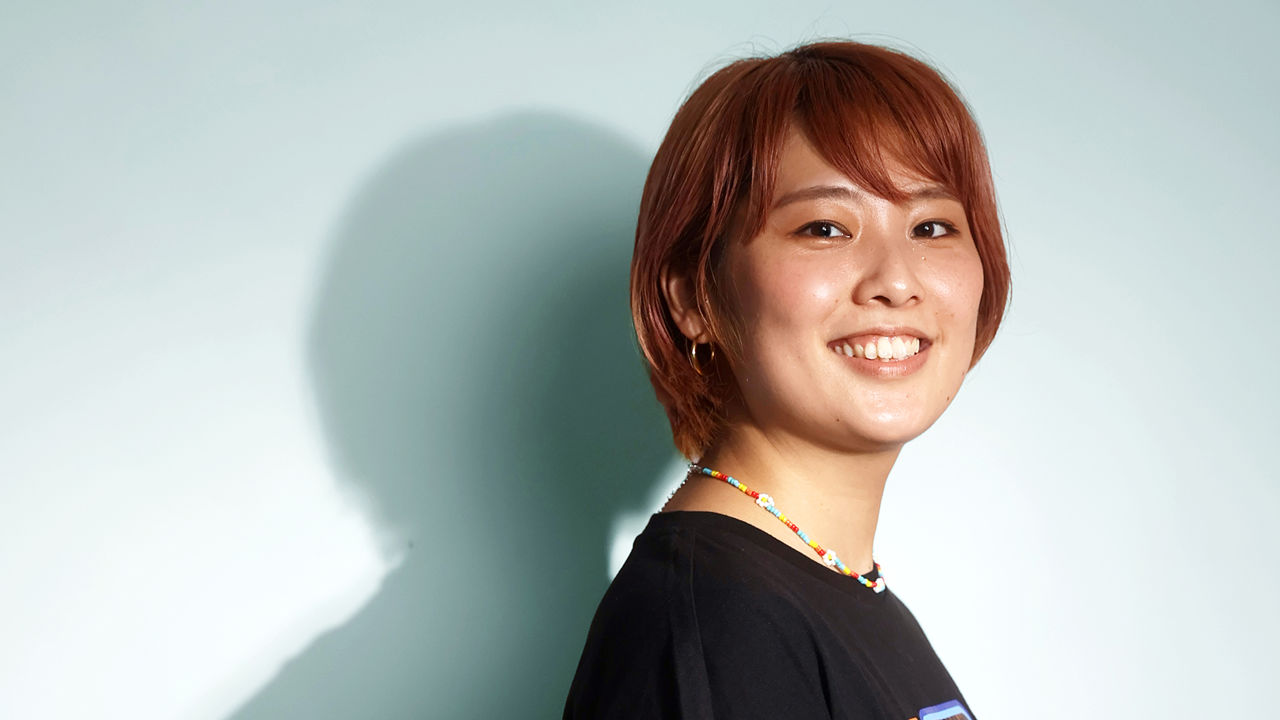
Above: Yuriko Minami.
What has been the impact of jointly winning the New Director of the Year award?
First of all, I was very happy to receive feedback on my work directly from various people.
It was a trigger that led me to my next job, and also to other jobs in addition to advertisement work.
What’s your take on the spots and film work coming out of Asia Pacific?
I think a lot of the work is very energetic.
Thai and Indian ads, in particular, are almost too hot and overdone, but they are interesting and addictive.
As a new director, is it a difficult industry to break into?
Nowadays, anyone can shoot and edit video as they like, and video has become more accessible, so I think anyone can become a director if they want to.
In editing, I aim to give the audience something they can feel rather than just words.
However, I don’t think it is easy to keep working in this industry. The easier it is to enter, the more competitors there are, so if we can’t express our own colour, we will be buried in the crowd.
Which directors and recent spots from the Asia Pacific region would you highlight?
14 in February, by Victoria Singh-Thompson. The scenes in which we can imagine the feelings of the main character from the landscape and objects are very beautiful and memorable.
And, since the main character is a girl with hearing loss, the use of sound is very careful, and I learned the importance of sound design again from this work.

